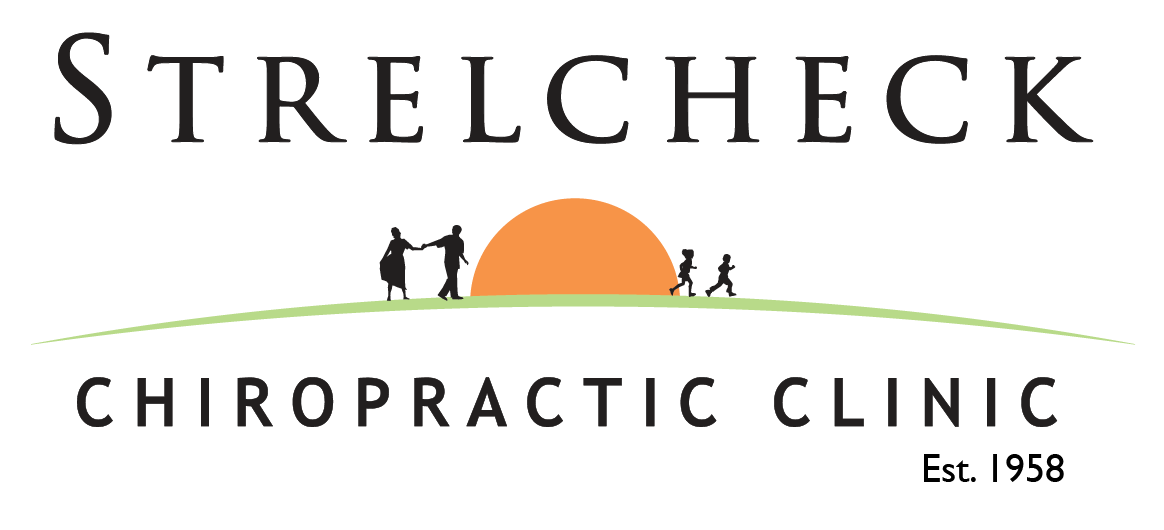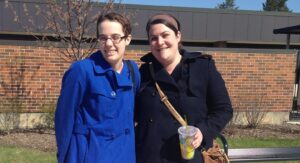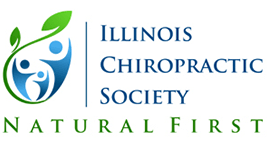
8 Tips to Getting the Water You Need…
How important is water? You could survive for days without food in the hottest climate, but go without water for a day or less, and you could be in serious trouble. That’s important to know, especially in summer! Here’s why you need eight glasses of water of 8 ounces a day- and how to get it. Why: Water is critical to the way your body functions, ranking just behind oxygen in importance. Bones are 22 percent water, blood is 92 percent water, and the brain is 75 percent water. Water helps convert food into energy, cool the body, carry away waste, and metabolize fat among many other duties. We rely on thousands of gallons of water each day to survive- it takes an estimated 4,533 gallons just to produce food for our three meals. Water is essential to proper body functioning and good health! The first sign of dehyration is cloudy and/or dark urine, and is sometimes accompanied by discomfort when urinating. Mild or moderate dehydration can result in nausea, headaches, dizziness and muscle cramps. More severe dehydration leads to a shut down of the body’s temperature-regulating system- the skin becomes flushed and clammy, sweating ultimately stops, the lips and tongue grow dry, and the body’s temperature rises. Not good!!! Those most susceptible to dehydration are children, the elderly, athletes, and those whose jobs require constant outdoor work. How: Drink Up! To keep pace with the average amount of water you lose each day, you need to drink 64 ounces. That’s about three and a half of those popular 1.5 liter bottle or eight ounce glasses daily. Make time to drink, and develop a few habit that will keep you in good health. Here are some tips that should be helpful: 1. Develop a “water plan”. Stash a bottle in your car or desk- place one beside you while you garden- and wherever you find yourself for extended periods during the day. Get into the habit of carrying a bottle of water with you wherever you go. 2. As a general rule, drink more than you think you need. One of the best indicators of adequate hydration is frequent urination of a pale, straw color. 3. Chilled water is more quickly absorbed into muscles and other tissues since it leaves the stomach at a faster rate than room temperature water. 4. You can lose three or more quarts of water during exercise. Before working out, drink 4-8 ounces for every 20 minutes of exercise. Sports drinks are important for electrolyte replacement if you are involved in intense exercise or are an athlete, but usually water will suffice. Be aware that sports drinks contain extra sugar and calories, which are better obtained from whole foods. 5. Don’t wait until you are thirsty to begin drinking! Your thirst body mechanism is not very sensitive and may not kick in until dehydration becomes serious. In face, you can lose up to 2% of your body weight before you feel thirsty. For a 150 pound person, that would equal 3 pounds of fluid loss. 6. Caffeinated beverages act as diuretics, as well as alcohol, so you should follow them with a water chaser. Americans drink an average of two cans of soft drinks and three to four cups of coffee each day. Even decaffeinated coffee and sodas are not as good for you as pure water- realize that any carbonated beverage, with or without caffeine make you feel bloated and you may not drink enough for proper hydration. 7. Fruit juices are good, but should not replace water. They contain a high amount of calories. There are 60 calories in just half a cup of apple juice. On the plus side though, fruit juice contain vitamins and minerals, along with carbohydrates for energy. The high sugar content may slow down absorption, so it is not the best choice when looking for immediate hydration. Also fruit juices may case stomach aches if consumed in too high a quantity. 8. Children can become dehydrated more quickly than adults because they seldom think to drink enough. Have your child take water breaks every 20 minutes while playing outdoors. Children often like cold water- so try buying fun colored water bottles, freeze them 1/2 full- then fill them with water in the morning for the kids to cary around during the day. What else could you consume as much as you want, with no fat or cholesterol and is so healthy for you? So drink up!






